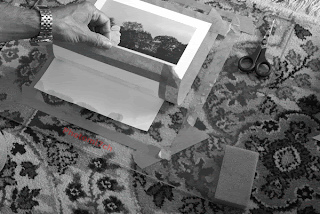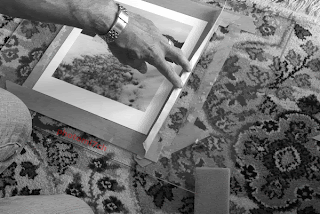 I was first
introduced to Pyro by
Trevor Crone
when he mentioned it in a post on
the film and darkroom users forum a year or so ago. I purchased a
packet of the developer shortly after from my favorite supplier
Silverprint.
It has sat on the shelf gathering dust waiting for a suitable
project.
I was first
introduced to Pyro by
Trevor Crone
when he mentioned it in a post on
the film and darkroom users forum a year or so ago. I purchased a
packet of the developer shortly after from my favorite supplier
Silverprint.
It has sat on the shelf gathering dust waiting for a suitable
project.
The worst weather
in over a hundred years postponed my trip into London to stock up,
leaving me without any of my default developer Ilford ID11. The
deluge of snow had revived a project started in the last snows at the
beginning of 2010. I was starting to build up a back log of exposed
film. I like to develop used film straight away. I had two developers
on the shelf that could produce enough developer for the job, Rodinal
or Pyro, I plumped for Mister Hutchens PMK pyro partly because it was
a staining developer and it may bring something extra to my pictures
of the snow.
Related post:
First use of PMK Pyro.
What next for PMK Pyro.
Agfa APX sorting out the test strips
Agfa APX test results
PMK Pyro working Solution
Solution B PMK Pyro
PMK Pyro afterbath
Related post:
First use of PMK Pyro.
What next for PMK Pyro.
Agfa APX sorting out the test strips
Agfa APX test results
PMK Pyro working Solution
Solution B PMK Pyro
PMK Pyro afterbath







































